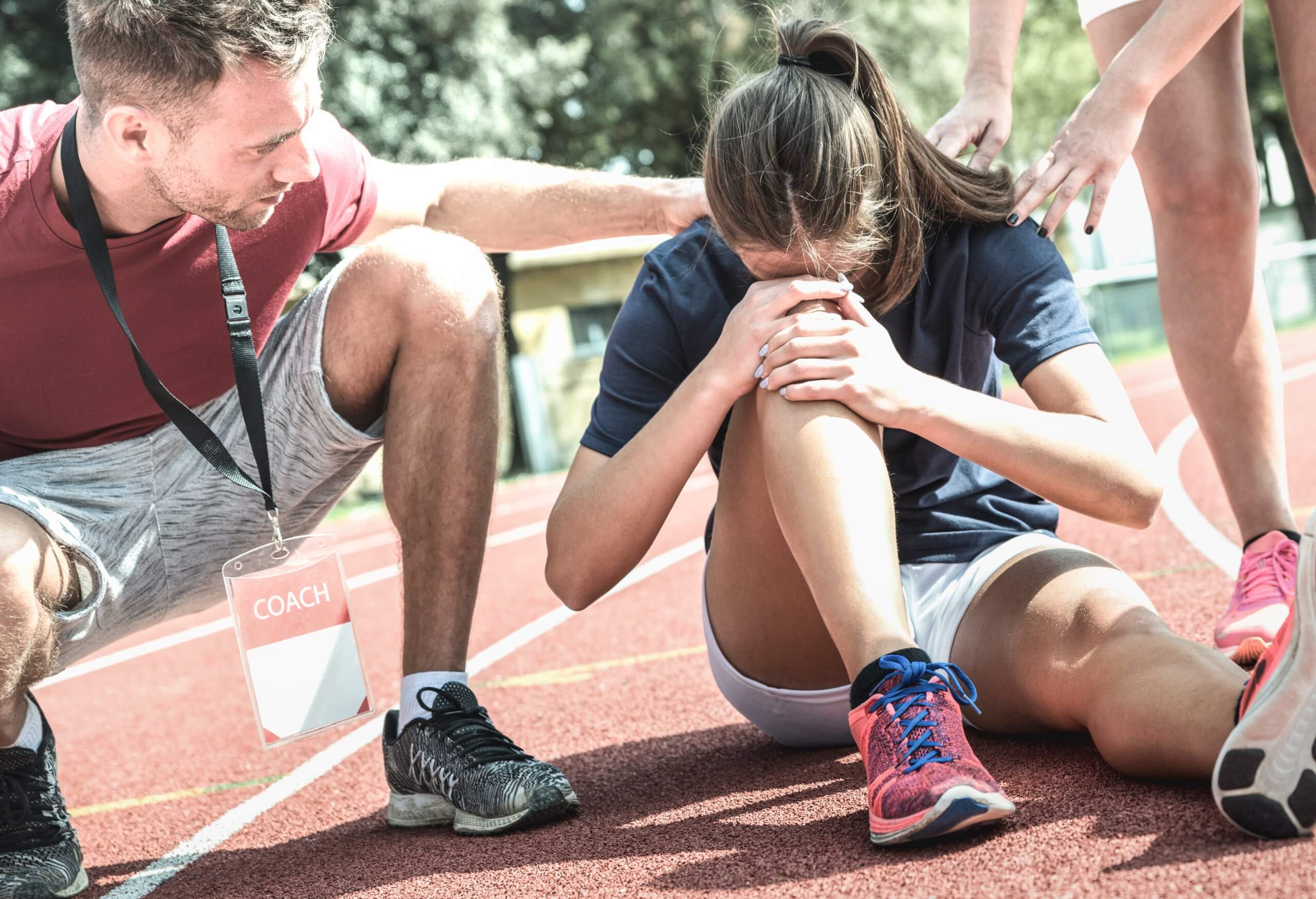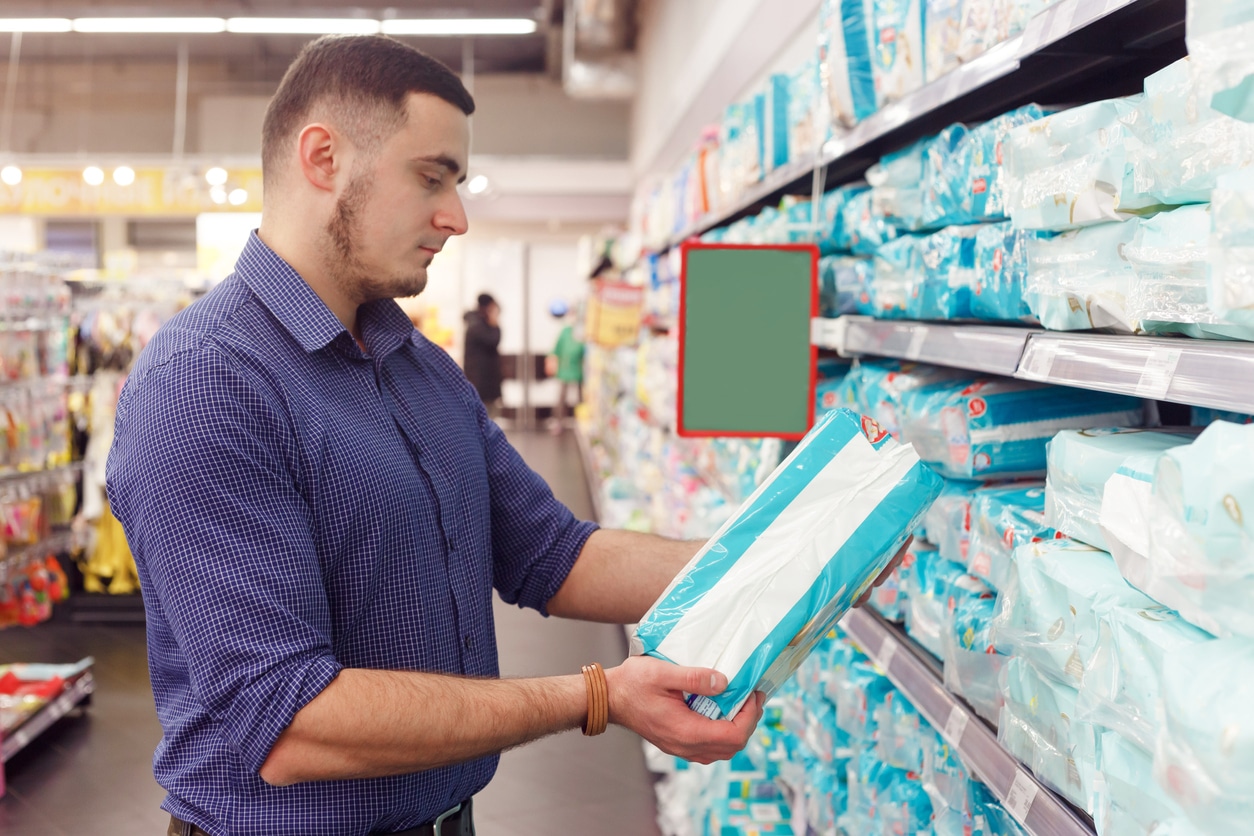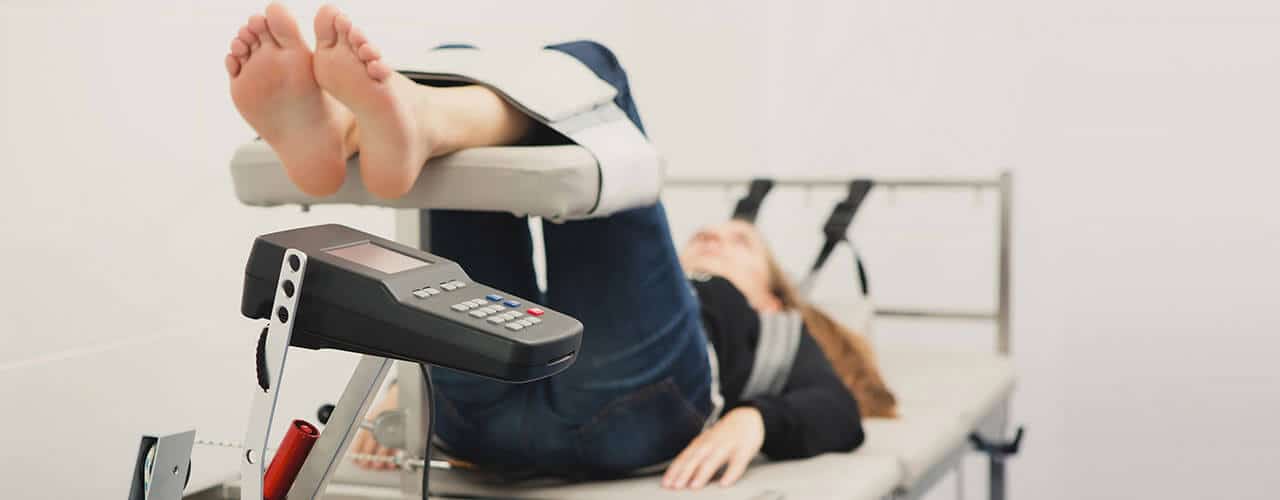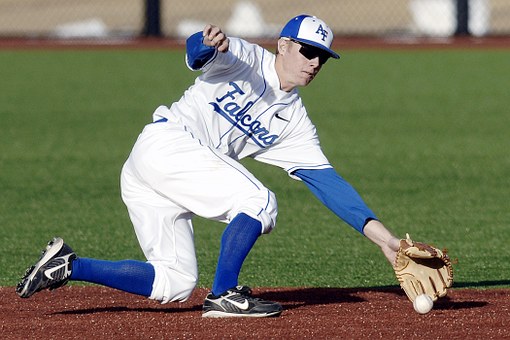5 Varicose Veins Treatment Options
Varicose veins affect around one third of the population at some point in their lives and are more common with increasing age and among women than men. The condition involves veins that are close to the surface of the skin and causes them to become enlarged and twisted. Typically, varicose veins occur in the legs and in some cases are asymptomatic but, in other cases, those afflicted may experience sensations of pain or fullness in the legs. In more extreme cases, patients may experience thrombosis or inflammation of the superficial veins (those close to the surface of the skin). In this post, we first describe the symptoms of the condition and then review 5 conservative varicose veins treatment options. A future post will review some of the more active approaches to treatment of the condition.
Symptoms of Varicose Veins
Other typical symptoms of the condition include:
- Spidery veins in the affected legs;
- Swollen ankles;
- Skin discoloration near the affected veins, with the skin taking on a brownish-yellow hue;
- Red, dry and itchy skin;
- Cramping, especially when rising from a sitting to a standing condition;
- “Restless Legs Syndrome” appears to be correlated with the condition;
- Whitish scar like patches around the ankles.
Among individuals suffering from a more extreme form of varicose veins, the following conditions can also occur:
- Painful, tender and heavy feeling legs, resulting in an inability to walk or stand for prolonged periods;
- Ulcers in the skin over the ankles (commonly described as venous ulcers). If the patient experiences these ulcers over a prolonged period, they can result in carcinoma or sarcoma;
- Severe bleeding from minor trauma, which may be difficult to stop;
- Blood clotting.
Based on these symptoms it is clear that individuals afflicted with this condition should investigate varicose veins treatment options that can help to mitigate or heal the condition. If allowed to progress without intervention, varicose veins can significantly and adversely affect your quality of life and compromise your health.
Varicose Veins Treatment Option 1 – Leg Elevation
In mild to moderate cases, elevating your legs above the level of your heart 3 or 4 times daily for about 15 minutes each time can help to alleviate leg swelling and the other mild symptoms described above. Lying on your back and resting your legs on a pillow for the required period will accomplish this. It will help to prevent your blood pooling around your ankles and help it to flow back to your heart (as required) instead.
Another significant benefit of this practice is its contribution to reducing the risk of Deep Vein Thrombosis (characterized by a blood clot that can travel to your lungs and create a life threatening condition).

Varicose Veins Treatment Option 2 – Avoid Standing or Sitting Continuously for Prolonged Periods
Should you find yourself sitting or standing for prolonged periods during your workday, you should be aware that this can increase your risk of developing varicose veins or may exacerbate your condition.
If you remain seated for extended periods, this causes blood and other fluids to pool around your ankles, thus increasing the risk of developing varicose veins and related conditions. Standing in a stationary position for prolonged periods will have a similar effect. The ideal way to counteract this situation is to alternate between standing and seated positions every few minutes.
If your job requires you to remain seated or standing and you cannot avoid this, it is even more important to elevate your legs above your heart for 3 or 4 periods of 15 minutes each at the end of each workday as described above.

Varicose Veins Treatment Option 3 – Avoid Wearing Tight-Fitting Clothes
Frequent use of tight fitting clothes can be a contributory factor to the development of varicose veins and other venous conditions. For example, shapers or bodysuits can sometimes exert pressure on the lower body blood vessels and can make it more difficult for blood and other venous fluids to return to the heart. The resulting pooling of blood around the ankles can lead to varicose veins and other circulatory problems. Wearing skinny jeans can have a similar effect.
If wearing looser fitting clothes during your workday is not an option, you should consider switching to such clothing as soon as you return home at the end of the day. You should also consider the use of other strategies in tandem with the use of looser clothing, such as leg elevation or the use of graduated compression legwear (discussed below).
Varicose Veins Treatment Option 4 – Reduce Weight
An overweight condition actually increases the pressure that venous fluids have to overcome in order to return to the heart. As a result, excess body weight can itself be a risk factor for varicose veins (in addition to the multitude of other adverse conditions that it can cause).
As a result, if you are experiencing the moderate symptoms of varicose veins described above, you should consider a weight loss program (possibly in conjunction with the other 4 approaches we list here).

Varicose Veins Treatment Option 5 – Use Graduated Compression Socks or Stockings
Another approach to treatment of varicose veins is to use graduated compression legwear. These socks or stockings are designed to exert greater levels of compression near the ankles than they do at the knee or thigh level. This counteracts the effect of gravity by forcing the blood back up the legs and towards the heart. The advantage of these products lies in the fact that they work throughout the day and are therefore more effective than elevating your legs above your heat 3 or 4 times a day for example. You can read more about graduated compression legwear and how it works here.

Conclusion
In this post, we have examined 5 relatively conservative and inexpensive approaches to treating varicose veins. Although these will probably be effective for patients with mild to moderate conditions, those with more advanced cases of the disease may require more radical approaches. These will be addressed in a future post.







